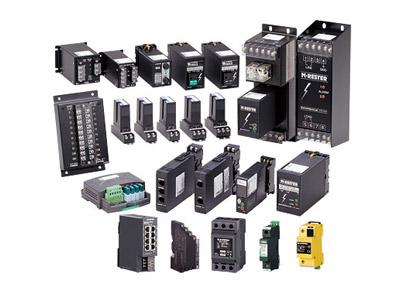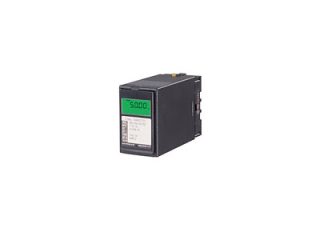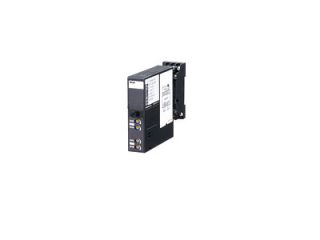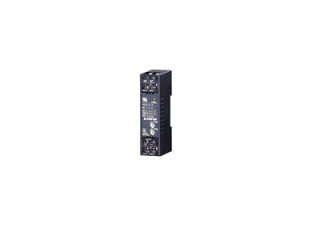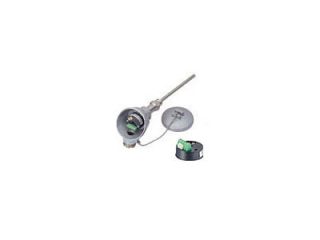Lightning Surge Protectors
Instrument
Section manager (Sale) : Mr. Sathaporn Tiewmainukool
Tel : 081-985-6779
E-mail : sathaporn@pico.co.th
Admin
Tel : 02-939-5711 ext. 324
E-mail : instrument@pico.co.th
M-RESTER Lightning Surge Protectors absorb only the lightning surges with no interruption of the instrumentation signal.
M-System lightning surge protection devices are designed for the rugged industrial environment. Products range from the standard factory floor signals such as 4-20mA, thermocouple, RTD and strain gauge to filtering and protecting the AC Power in instrument panels.
Every year lightning destroys many millions of dollars of sensitive electronic equipment. Millions more are lost through extended down time and the loss of production or mission-critical information. That’s why companies around the world depend on in-line M-RESTER Lightning Surge Protectors to protect both signal and power wires. M-System offers superior protection and selection across a side range of applications.
The nuts and bolts of the world’s best Lightning Surge Protectors
- Protects sensor, signal and power lines.
- Superior protection and selection across a wide range of applications.
- M-RESTERs can be removed and tested without disconnecting wires.
- Base socket connects input/output signals when an element is removed.
- CE marking and UL approval for selected models.
- Lightweight, easy-to-handle, plug-in construction
Understanding the Problem
Electric charges generated in a thunderstorm discharge to the ground with a current of approximately 20kA to 150kA.
Lightning induced surges occur in a cable as a result of rapid and violent changes in the magnetic field intensity generated around the cable.
The surge propagates in the cable, and instantaneously applies high energy to the electronics equipment connected to both ends of the cable.
Interline breakdowns occur when electronic components are directly hit and destroyed by lightning surges generated between two cable conductors connected to the equipment.
In discharge breakdowns, a lightning surge creates a very high potential difference between two conductors and ground.
As a result, a discharge occurs between some parts of the circuit and areas electrically grounded, such as the metal housing. Electronic components are damaged by some of the discharge current that flows through the circuit.
The effects of induced surges on connected equipment are more severe when the connecting cable is longer;
the induced current is higher; or the equipment is located closer to the site of the lightning strike.

